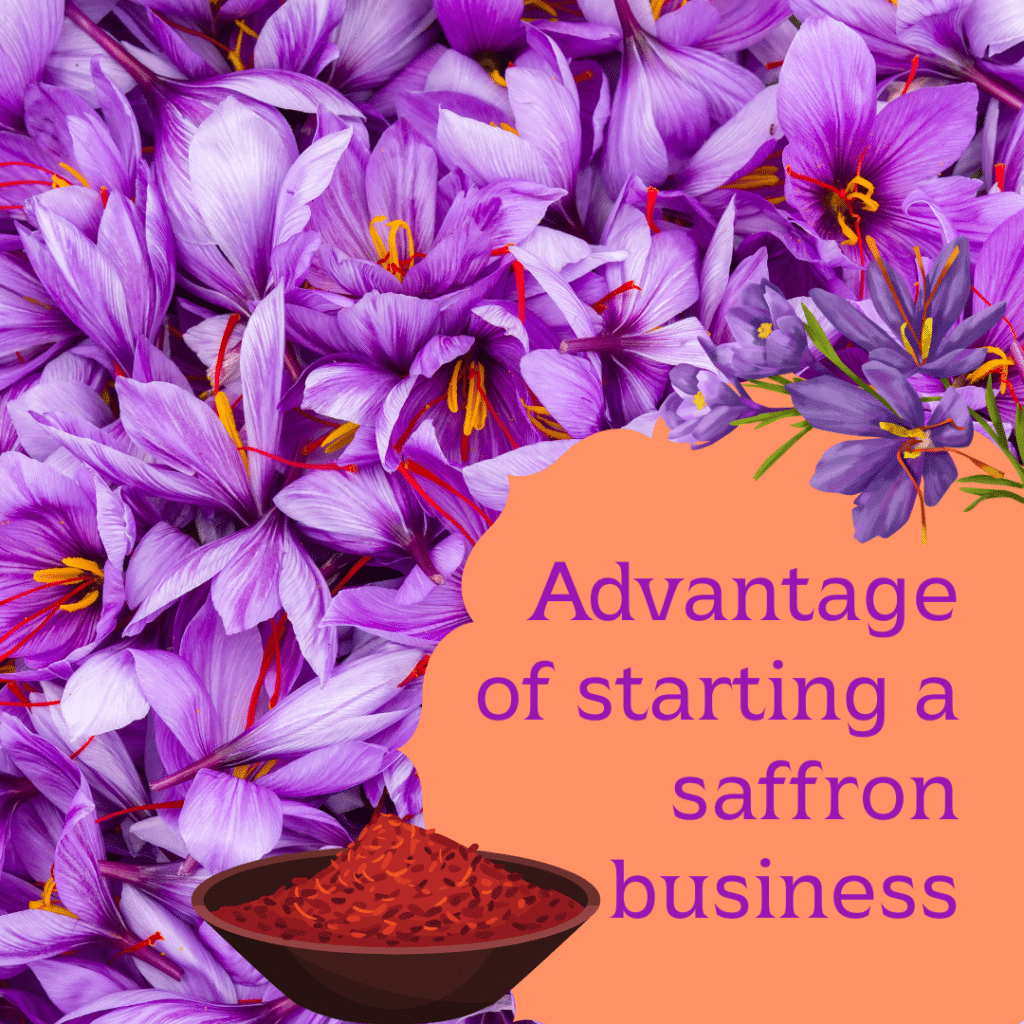Introduction
Did you know that saffron is one of the most favoured ingredients in South Asian and Middle Eastern cooking? Saffron is known as the golden spice because of its exquisite flavour and colour, making it an expensive commodity. Growing saffron isn’t easy, as it requires certain climatic conditions that enable the crop to flourish.
Since only the stamens are used, only a few grams of saffron strands from each flower can be collected. Truckloads of flowers yield a few kilos of saffron, which are handpicked. However, with technological advancements, saffron can be grown at home in a controlled environment in a short amount of time.
If you are intrigued by the idea of trying your hand at the saffron business and making handsome profits, you will find this blog as a comprehensive guide to your journey of saffron cultivation into a lucrative business model.
How to start a saffron plantation business?
Saffron business entails certain steps, which we will take you through to enable you to understand the intricacies of saffron cultivation and navigate a new business. Starting a saffron plantation requires thorough planning and research, which requires a detailed business plan that outlines your goals, target market, and financial projections, allowing you to focus on marketing strategies. Obtaining the necessary licenses and permits in compliance with the relevant regulations from the local authorities.
Advantage of starting a saffron business
- Saffron businesses can yield high profits due to high market demand and premium pricing, enabling the cultivator to have good returns.
- Minimal space requirements make saffron cultivation suitable in both urban and rural areas.
- Saffron cultivation is sustainable, requiring minimal water and chemical inputs compared to other crops
- The cultivator has the potential to look forward to high income, scalability and flexibility in the saffron business
How do we create a suitable environment for saffron plantations?

When cultivating saffron indoors, proper conditions that suit the saffron bulbs to grow and blossom need to be kept in mind. The room or facility used for cultivation should be maintained at 150-200 Celsius. Using saffron bulbs or corms to grow saffron plants with a pH of 6-8 for semi-dry soils for higher yield. Saffron plants need optimum humidity of 50-70% with a well-drained soil. Cultivators need to look out for fungal diseases that regularly attack saffron plants. They can be fertilized with nitrogen, phosphorous, and potassium. Utilizing a cold storage facility to start your saffron plantation is imperative to help maintain the quality of the spice.
What is the cost of indoor saffron cultivation?
Saffron cultivation can be through hydroponics or polyhouse/greenhouse facilities, depending on the size. The rent can be up to Rs. 20,000. Buying the saffron bulbs cost, planting, fertilizer and electricity bills for maintaining room temperature. Building water systems and plant maintenance is approximately Rs. 1lakh. However, a good yield from the saffron cultivation will provide great returns. It is a highly profitable spice cultivation, earning roughly $29,000 per kg.
Conclusion
Saffron cultivation is a rewarding endeavour for people seeking financial independence who don’t own lands yet want to generate income through farming. Urban cultivators can now overcome the challenges of traditional saffron farming and earn a high income, flexibility, and entrepreneurship.
Read More:-How to start integrated farming business in India
FAQS
- Is the saffron business profitable?
Ans: Yes, the saffron business can be highly profitable due to the high market demand and premium pricing of saffron.
- How do you start a saffron business at home?
Ans: To start a saffron business at home, conduct thorough research, obtain necessary licenses, create suitable growing conditions, and develop a comprehensive business plan.
- How many saffron bulbs are in 1 kg?
Ans: The number of saffron bulbs in 1 kg varies depending on the size and quality of the bulbs, but it typically ranges from 50,000 to 75,000 bulbs.

